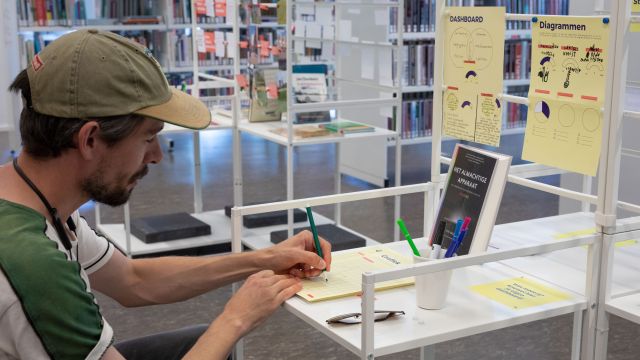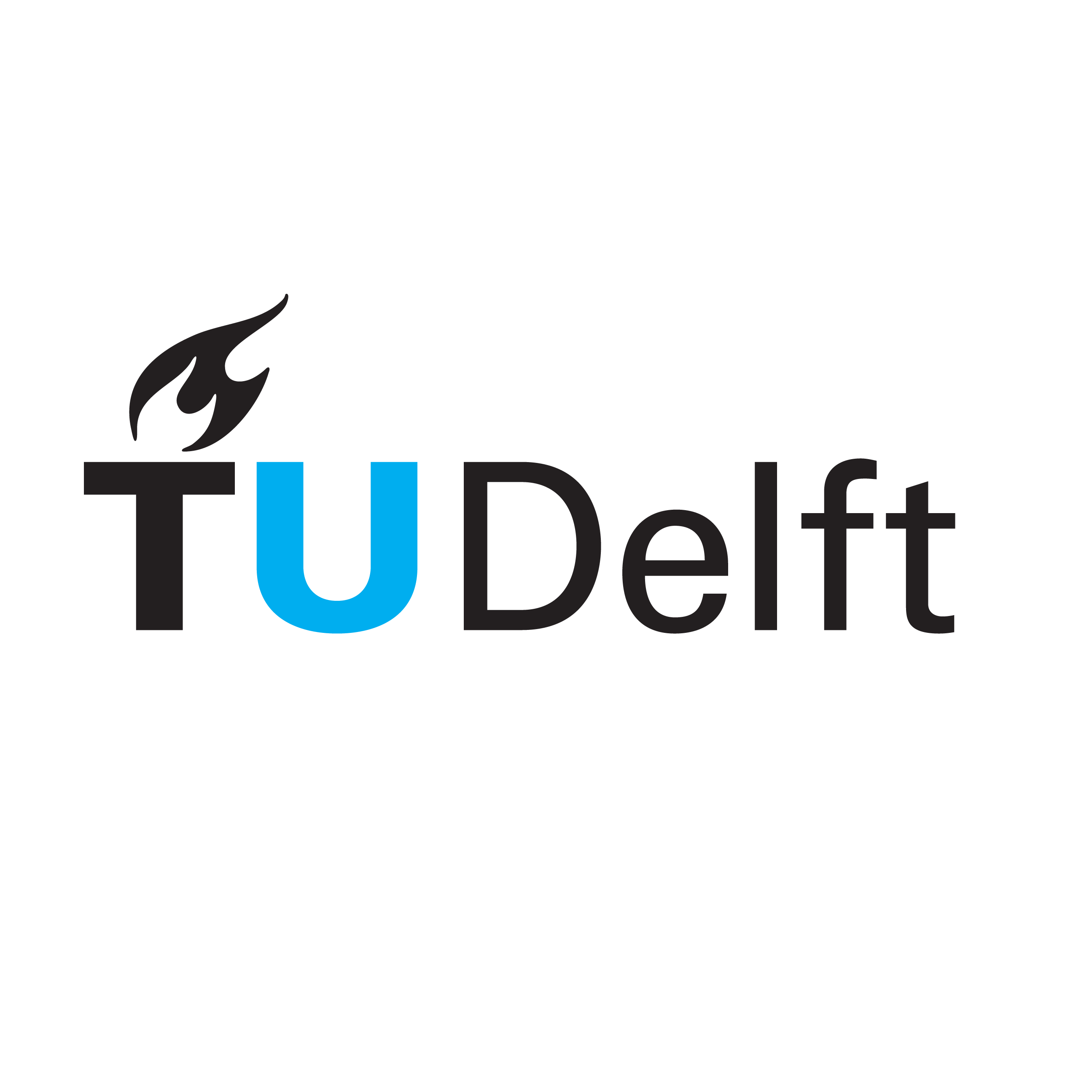Interview about ‘Alternative imaginaries for the smart city’
How is it going with this project? Read the interview to find out!
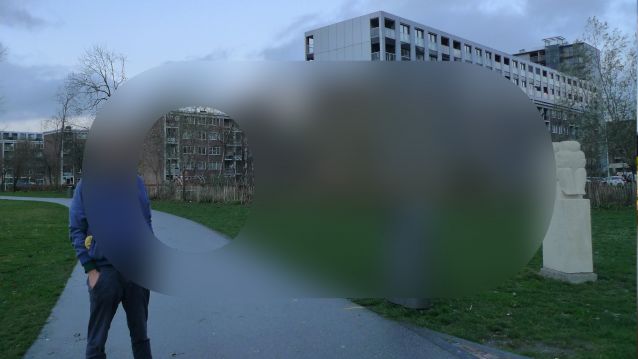
Curious to hear more about the first findings of the project Alternative imaginaries for the smart city we interviewed Roy Bendor (assistant professor of Critical Design at the Faculty of Industrial Design Engineering at TU Delft) and Bob Pannebakker (urban geographer and anthropologist, ethnographer in this project).
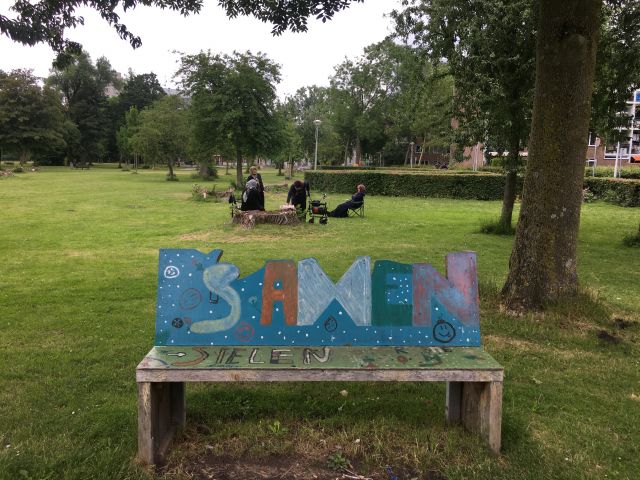
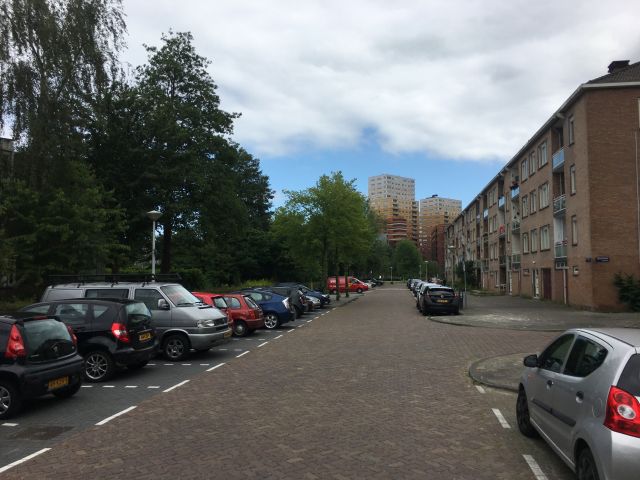
Hi Roy, could you tell us more about the project ‘Alternative imaginaries for the smart city’ and how it emerged? By the way, it is a very long name...
We just call it ‘Alternative imaginaries’ for short.
I initiated the project two years ago and it’s a collaboration with Richard Vijgen who is a data visualizer and with V2_ in Rotterdam. The project builds on an earlier project that asked questions about making urban data tangible. That grew into an interest in what is measured and what is not measured in the city, and by who, and why. We started working in two neighbourhoods in Rotterdam. In the last months we have also been in the Waterlandpleinbuurt in Amsterdam, which is the second iteration of the project.
The idea behind the project is that so much smart city technologies are designed and then deployed in a top-down manner. So it’s either industry or governments that have either a particular technical interest or a particular managerial interest; and they develop technology that ends up in the neighbourhoods and affects people’s lives.
We are trying to see if we reverse that order, if we work from the bottom-up, that would result in different types of sensing technologies and different types of metrics (what we decide to measure). So on the one hand our desire with this project is to engage the public in questions around what is measured and how.
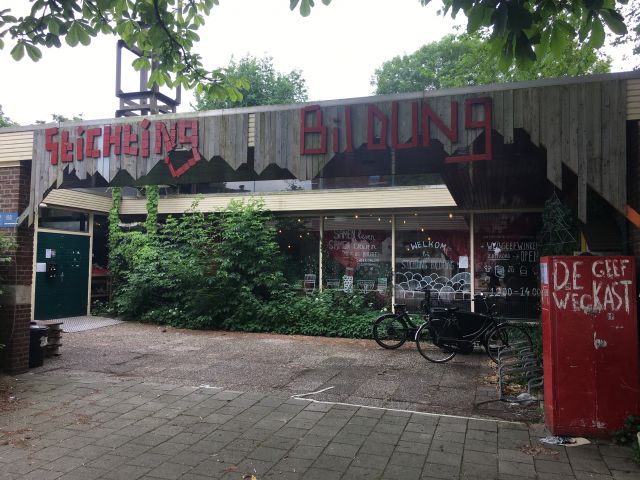
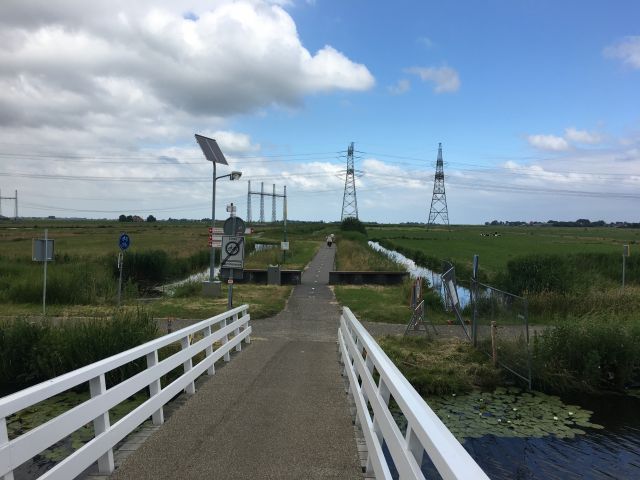
But there’s also a more theoretical question about where imaginaries come from: the idea that people relate to their city based on what the literature calls ‘urban imaginaries’. Images of what the city is, and everyday practices and the technologies that mediate them. We have a complex relationship with the city and most sensing technologies can not capure that complexity. The more interesting things that happen are more hidden, more latent. We think that that’s key to understanding how people relate to their city and therefore to what kind of smart technologies could be designed to allow that kind of picture to emerge.
The starting point for the project is that we use ethnographers to go around the neighbourhood and not ask people anything about technology, smart cities, or sensing technologies, but instead ask them a simple question: what do they appreciate in their neighbourhood but remains invisible? That allows us to have these conversations about what people see as the essence of their neighbourhood. We think that every neighbourhood is different and so we try to talk to as many people as possible to get a variety of ideas.
Roy Bendor
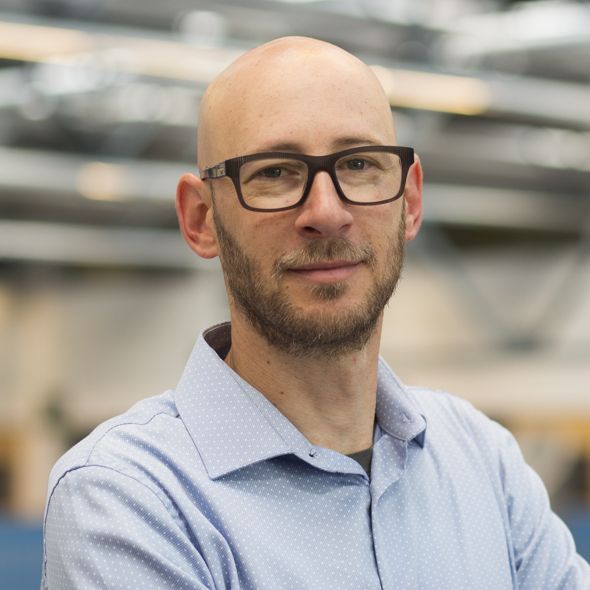
Roy Bendor is assistant professor of Critical Design at the Faculty of Industrial Design Engineering at TU Delft
Bob Pannebakker
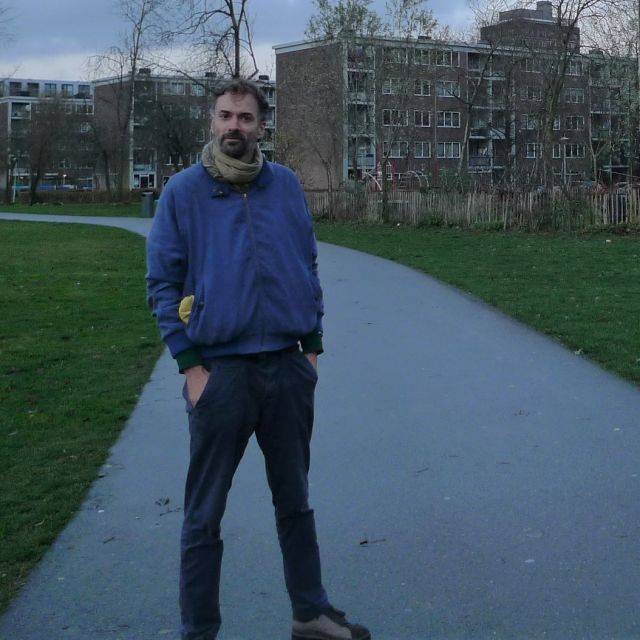
Bob Pannebakker is urban geographer and anthropologist, ethnographer.
Hi Bob, what is your role in this project?
I am an urban geographer and anthropologist, in the Amsterdam project I have done the ethnographic work.
Tell us more!
Well, I went out on the street and spoke to about 50 people in the Waterlandpleinbuurt in Amsterdam-Noord. I have tried to get a good representation of the population in the neighbourhood and when it comes to background and level of education I think we have succeeded to have a good mix. However, I think I missed out on the elderly: I spoke to people in their 70s but no one was above 80 years old. And I didn’t speak to children below 12 years old.
What did you ask the people?
The fun part of this job was the open attitude: it could go anywhere. I have no prior knowledge on technology or any of the technical aspects whatsoever, which was a deliberate choice. I asked the residents what they appreciate most in their neighbourhood.
And, what did they say? Can you tell us more about the expected and unexpected outcomes?
Some of the outcomes we had been expecting on the forehand, like the broad appreciation of green areas in the neighbourhood. But there were very interesting and unexpected outcomes too. For instance, the widely-perceived absence of a dominant group or the shared feeling that residents do not experience discrimination here, where they do so in other parts of Amsterdam. What surprised me in particular is that the youngsters I spoke to (age 13-18) responded enthusiastically as well. They feel very much at home in the neighbourhood and told me they believe no one is being left out.
Something really special in general was that almost everyone I met was willing to talk to me. I did not receive any negative response from anyone on the streets. That really surprised me.
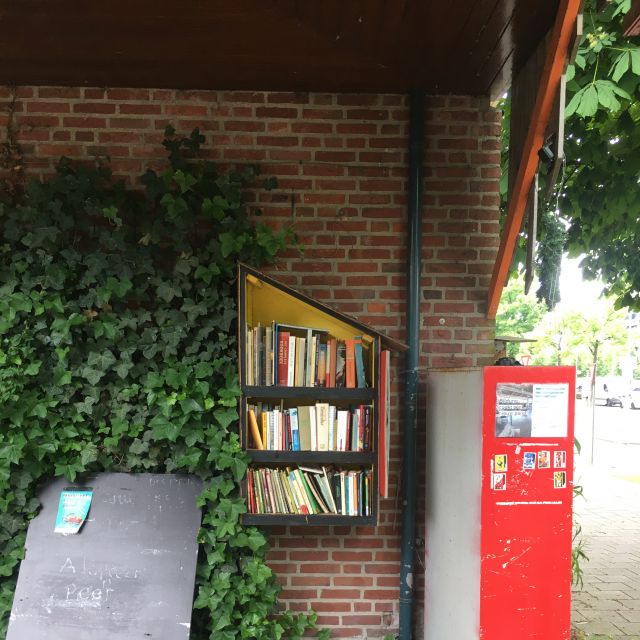
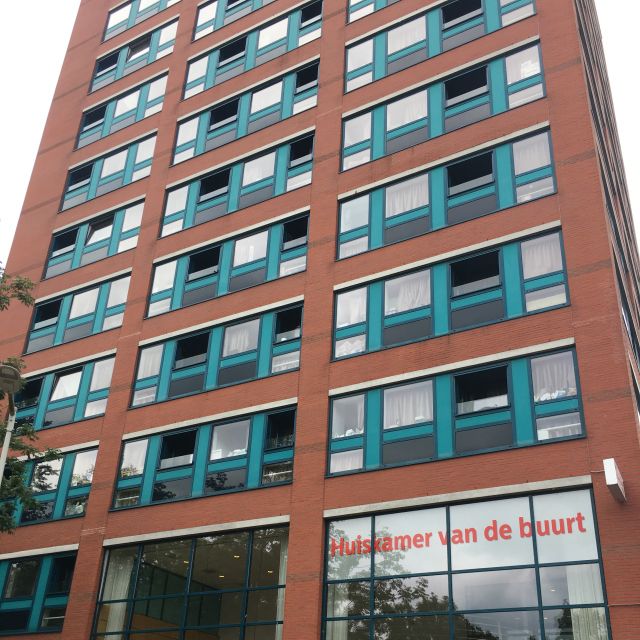
Roy, could you tell us more about the next steps in the process? What happens after the ethnographic work?
We analyse these conversations to get a sense of some of the main themes that would be interesting to work on further. From that point we go into dual tracks. We work with artists or designers that do the more speculative work. They help us imagine what a dashboard of the city would look like if it was based on those themes. So for instance we could measure care in the neighbourhood by asking how people actually help each other when, for instance, helping each other cross the street. These are different kinds of metrics and therefore they need to be developed in different ways.
The whole idea of speculative design is that technology doesn’t have to be real in a sense that it could be produced tomorrow, but it could be real enough for us to imagine that it could be. They could then be used as a way to start conversations and to stretch our imagination about what could be measured in the city and what shouldn’t be measured. Based on that, we could come up with guidelines both for technical development and for ethics of deploying technical infrastructures.
So this is one track. At the same time we use the same themes (briefs) to actually do work with residents in the neighbourhood. What we do is what’s called ‘design probes’. We ask local residents to complete a little journal or a diary that has all kinds of missions. So for instance if we are working around care we ask them to take a picture of where we can see care in the neighbourhood, or take a picture of a lack of care. This is a way to triangulate what we think is important in the neighbourhood and increases our metaphors and vocabulary and examples of what’s important and how people relate to their neighbourhood.
We deploy these design probes in the neighbourhoods and we analyze what we see. We compare that to what our designers or artists have done in their speculative dashboard. That allows us to propose both ideas for urban technology or themes that are unexplored by current smart city technologies and perhaps some guidelines for ethical uses of technologies. What should they be looking at and what shouldn’t they be looking at?
I am hoping that this project will bring about actual proposals that help stretch people’s imaginaries. Not only some fun gadgets or jokes, but tangible suggestions that will help the city and its decision-makers take concrete steps.”
— Bob Pannebakker, Ethnographer
What could a possible outcome be?
Some immediate outcomes could be speculative objects or design projects. If you go to https://dashboard.alternative-imaginaries.nl (click on the green login button to start), you will find the speculative dashboard that we created for the neighbourhoods in Rotterdam. It was designed by Peter Kalkman. This is a way to imagine what could be measured in the city and how it could be brought to decision makers.
If you click on a neighbourhood and zoom in. On the left side of your screen you’ll see different topics and sensors. You can place them on the map and if you click on the sensor it will tell you what it does.
The idea is then to take this and both show it to residents and to decision makers to ask them whether it does what we expected it to do - did it open up new ways to think about the city? That is one outcome.
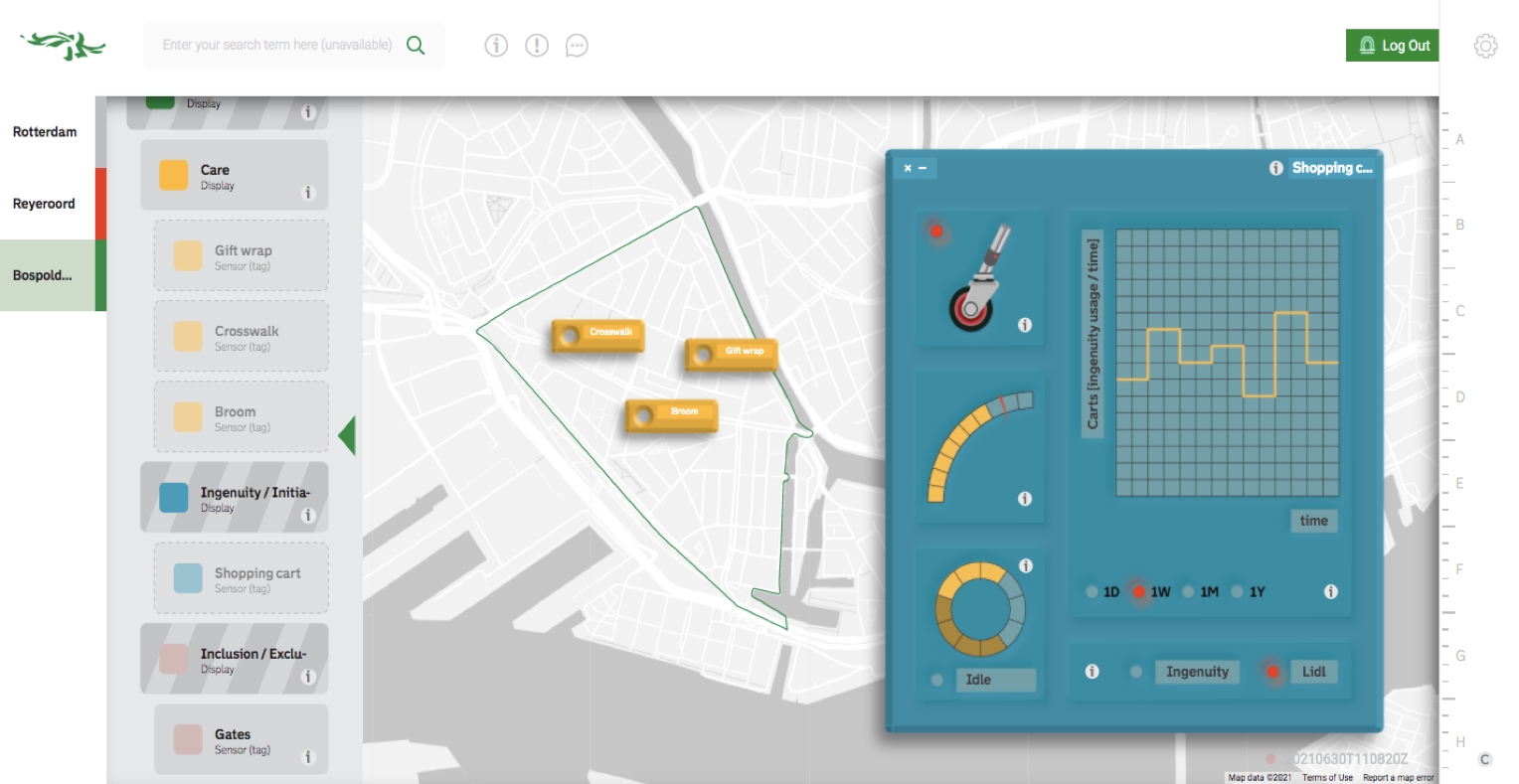
The second outcome of the design probes is a more granular way to understand how people relate to their city. What kind of urban imaginaries are at play? We help surface them, raise issues, raise themes that are important to residents.
In Rotterdam we have already spoken to city bureaucrats so we’ve shown them our work and created a dialogue on smart city technologies. So that’s another outcome.
It is about both engaging residents and decision makers. In fact it’s not about technology at all. It’s not about fear of surveillance or about how technology works. It’s about the social conditions within which technologies are designed and deployed.
Specifically in this project in Amsterdam Noord we are hoping to come up with ideas of how actual sensing or repurposed existing sensing technologies could be used. We open up a theme, for instance it could have been care, inclusion, or ingenuity. These are all kinds of characteristics of neighbourhoods that came out of our ethnographic research.
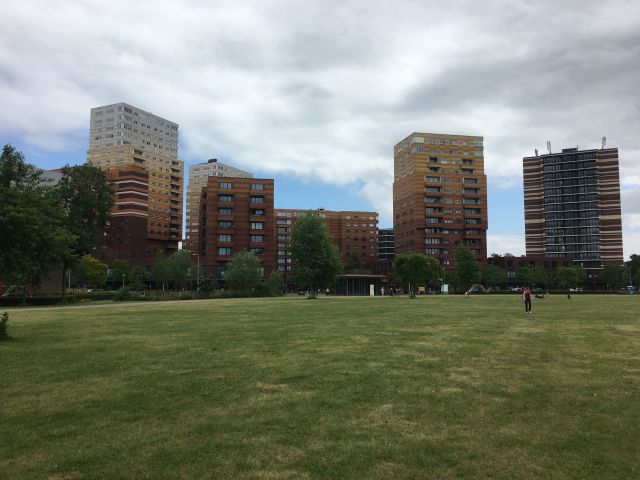
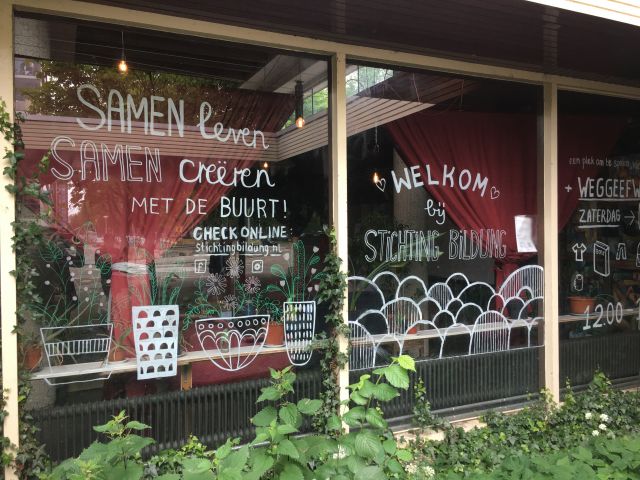
Part of what we’re trying to do is to define how they could be measured. What does a sensor that looks at care look like? What does it measure? For instance one of the suggestions we made in Rotterdam was that if we measured the amount of wrapping paper used in a store we could say how many gifts were given by people in the neighbourhood and that’s an indication of care.
You see, that is speculative. It is not something that tomorrow will be put in the market but it is a different way to start thinking about what care means. We could also measure the level of trust in the neighbourhood by measuring the length of dog leashes that owners use when walking their dogs in the park. The less trust you have, the closer you keep your dog to you, right?
Again, these are not products for the market. They do not start with technology, they start with questions that are much more abstract like in this case care or trust, and then they are embedded in imaginative technologies that could then be visualized as very concrete propositions.
Part of what we’re trying to do is to define how they could be measured. What does a sensor that looks at care look like? What does it measure? For instance one of the suggestions we made in Rotterdam was that if we measured the amount of wrapping paper used in a store we could say how many gifts were given by people in the neighbourhood and that’s an indication of care.”
— Roy Bendor, project initiator,
How does the Amsterdam iteration differ from the one in Rotterdam?
We used a different kind of ethnographic work in Amsterdam. Bob was using a somewhat different way to engage residents. And it’s just one neighbourhood (instead of two or more) so that gave us the opportunity to go a little bit deeper and create relations that we hope will last longer.
Another difference is that we do have an eye on thinking about how some of our speculative sensors could be actually produced. To make things and see how they act in the real world. So whether it will happen within this project or as a later outcome is still a question that needs to be answered in a follow-up but it is certainly something that is more in our purview.
In essence we’re trying to develop a new method of technical innovation in the city. I think our goal would be to continue to apply what we have done in different neighbourhoods as we tweak our methods. Everytime we do things a little bit different: in terms of the ethnography, how we build our briefs, or how we think about speculative technology. There’s an incremental change as we apply the project in more places. The idea is that every neighbourhood is different and you learn something from every different community.
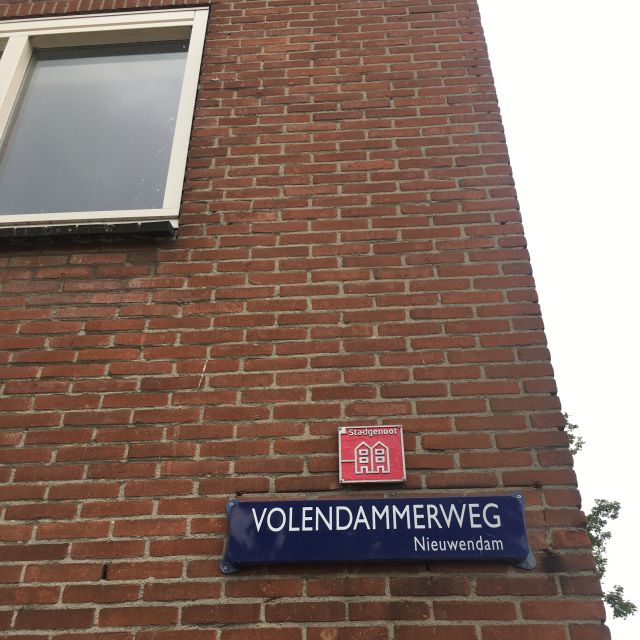
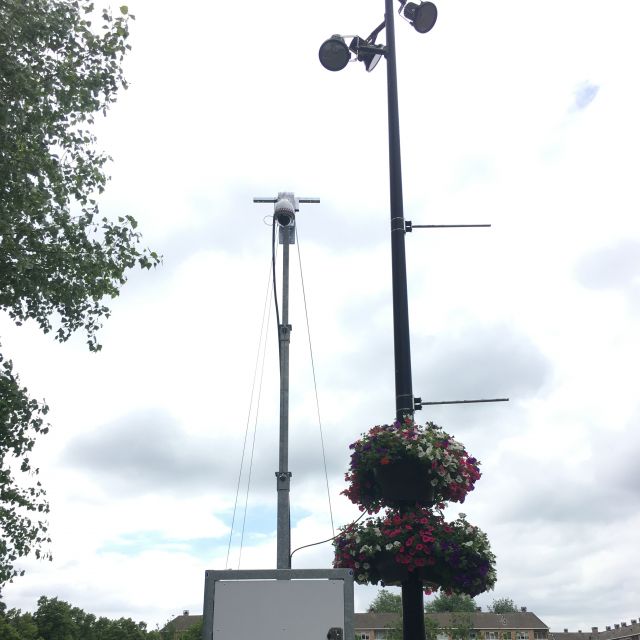
Were there any unexpected outcomes so far? What surprised you?
That’s a good question. I am always a little bit surprised by how many of the conversations start in complaints about city services. I am always a little bit taken aback by this. But if you keep on talking to people, and I think that is the key, all kinds of really interesting things happen.
When I read the reports of the ethnographic work that is done in the Waterlandpleinbuurt, I noticed how much the neighbourhood tries to keep a balance. A balance between being like a village (quiet, green) versus the proximity to city and city services. But also a balance between old residents and newcomers. And a balance of multicultural diversity. These are things that you don’t necessarily see when you walk into the neighbourhood. You talk to people and they share these interesting ways of how they relate to the neighbourhood.
Something else that surprises me is how people respond to speculative design. You know, speculative design is often on the more ‘artsy’ side of design. It’s usually designers imagining the consequences of science and technology and then building imaginary objects to put them into galleries or museums. But we have shown the Rotterdam dashboard to all kinds of people and I am always pleasantly surprised when they get it. “Ah, I see what you’re trying to do here.”
We have shown the dashboard to our city partners and we plan to do another round of that and actually interview them. We then want to publish our results about how these kinds of imaginary technologies could help decision makers think about the city in different ways. The plan is certainly to bring this to the public.
Back to Bob. What is your personal affinity with this project?
Well, I live right next to the Waterlandpleinbuurt and found it very interesting to talk to so many people, and really have the time. It was special that so many of them were willing to be interviewed. I am happy to have contributed to this project. What I like most is the fact that not the technical aspects are central, but the question of what people actually desire.
Last question. Bob: what are you hoping to achieve with this project?
I am hoping that it will bring about actual proposals that help stretch people’s imaginaries. Not only some fun gadgets or jokes, but tangible suggestions that will help the city and its decision makers take concrete steps.
